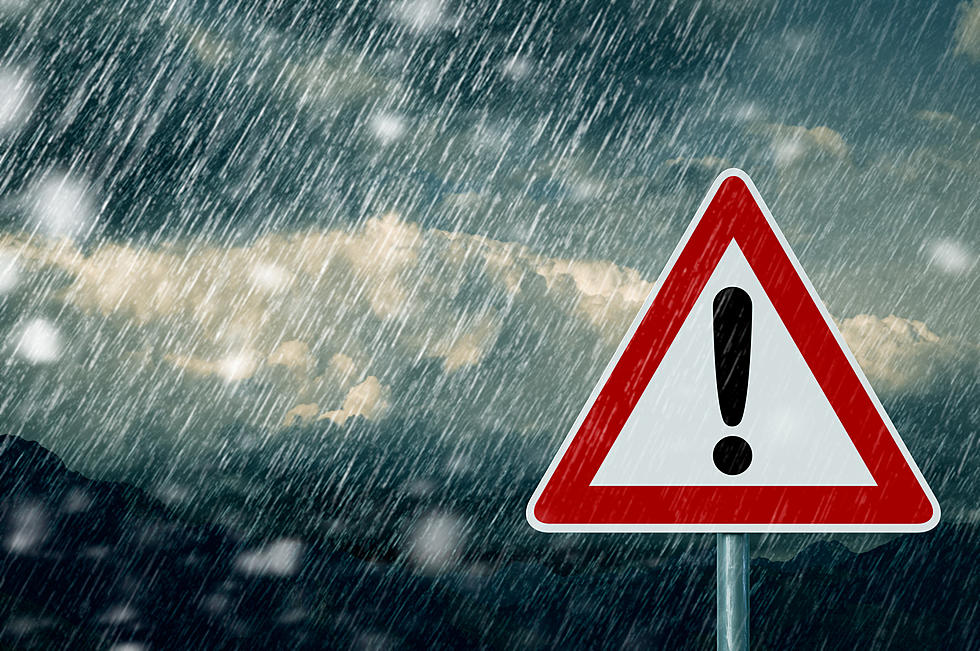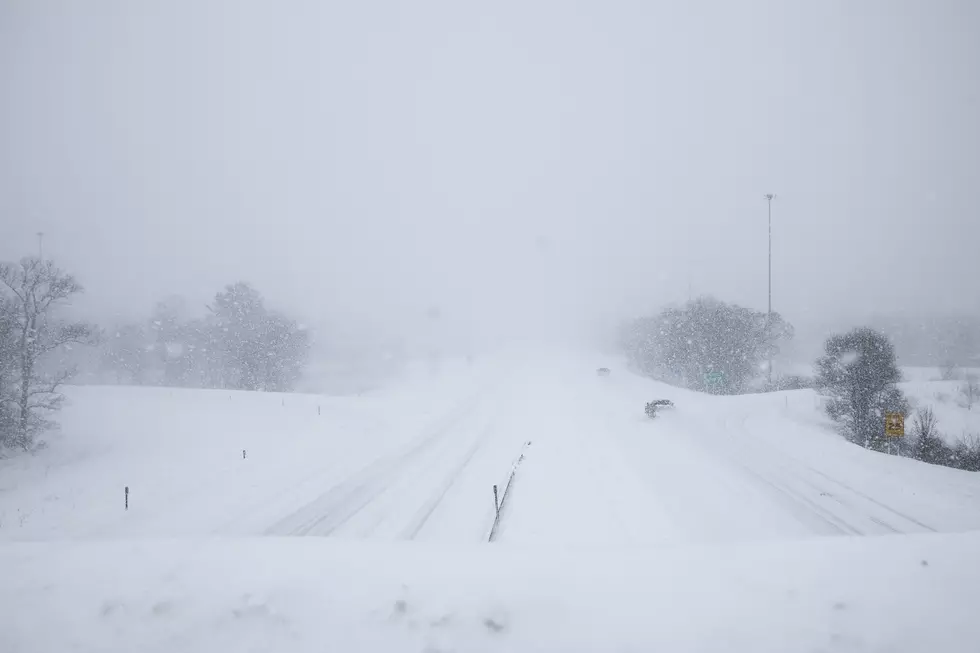
Water Year Ends On Dry Note In Oregon
Despite the spring rains we saw across much of the Pacific Northwest, drought conditions continue for much of Central and Eastern Oregon. The water year officially ended in July, and Larry O’Neill, with the Oregon Climate Office, says conditions didn’t improve much in the last two months.
“The average temperature for the month of July, for most of the Pacific Northwest, was much above normal with even a few scattered patches of ‘record warmest.’ Precipitation, on the other hand, even though it seems like we’ve had a lot of thunderstorms in the Pacific Northwest, the last 60 days have actually been much drier than normal.”
However, O'Neill noted conditions are much improved from a year ago. When looking back on the 2021-2022 water year, he noted there were a host of surprises. O’Neill said the spring of 2021 was the driest on record, followed by the spring of 2022, which was wetter than normal. He said that “whiplash” between those two different springs made it challenging to plan for water supply and wildfire risk. And, those challenges will continue, especially during La Niña cycles.
"If the wintertime precipitation isn’t well above normal, then we’re really going to depend on spring conditions to make up any deficits. And these last two springs really show us that we can go back and forth into extremes in either direction."
O’Neill said while the last 60 days have been drier than normal across Oregon, La Niña could bring a wetter than average winter. The National Weather Service predicts the PNW will remain under a La Niña pattern into early 2023.
If you have a story idea for the PNW Ag Network, call (509) 547-1618, or e-mail glenn.vaagen@townsquaremedia.com
More From 105.3 KISS FM

![#SafePlaceSelfie Day is Wednesday, April 7th. [VIDEO]](http://townsquare.media/site/133/files/2021/04/RS25488_GettyImages-481960044-scr.jpg?w=980&q=75)







